Auburn Graphic Design Students Compete in International Biodesign Challenge
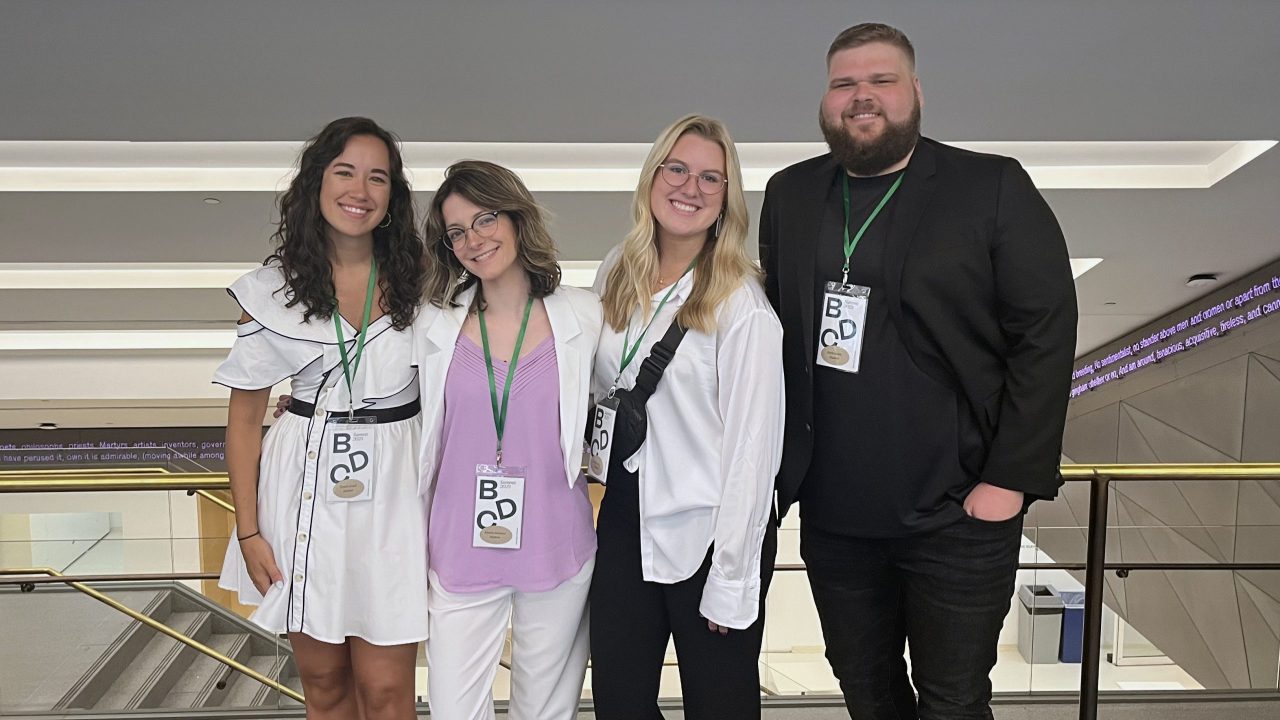
Four students majoring in graphic design in Auburn’s School of Industrial and Graphic Design competed in the international Biodesign Challenge in New York City this past week.
Students Erika Donley, Alyssa Jackson, Grace Lovell and Zach Smith were selected as finalists for their project Climate Chronicles and attended the two-day Biodesign Challenge Summit at NYC’s Museum of Modern Art and Parsons School of Design.
The students learned about biodesign in Assistant Professor Devon Ward’s Interactive Media studio this past spring. The team, one of 46 finalist teams from 15 countries, presented their project at the summit before a jury of industry, academic and curatorial experts. Their work was exhibited in a gallery opening at Parsons on June 22.
Biodesign is a rapidly growing field of design that intersects art, design and biotechnology. This new generation of designers crosses disciplines and engages the public in dialogue about the implications of emerging biotechnology in our everyday lives. Lovell, who originally entered Auburn as a biomedical sciences major, found biodesign to be a perfect fit for her interests in math, logic, scientific reasoning, art and creative expression. “I had never heard of biodesign before,” she said. “Now I am captivated by the concrete intersection between science and the art that it provides. I find biodesign to be a fascinating integration of the two sides of the brain.”
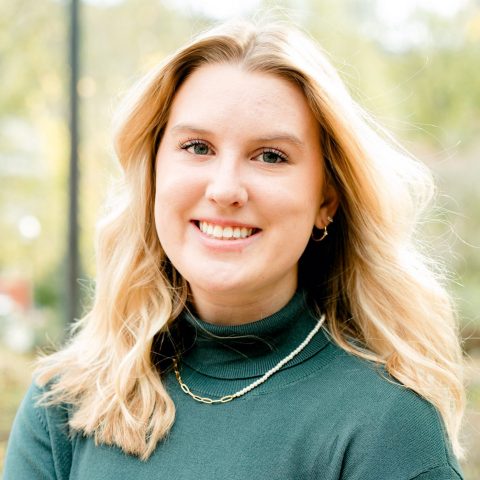
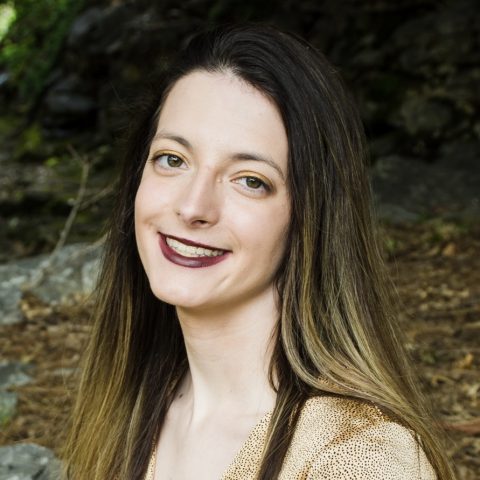
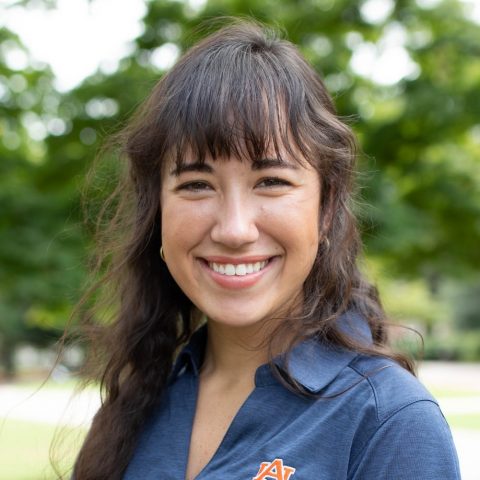
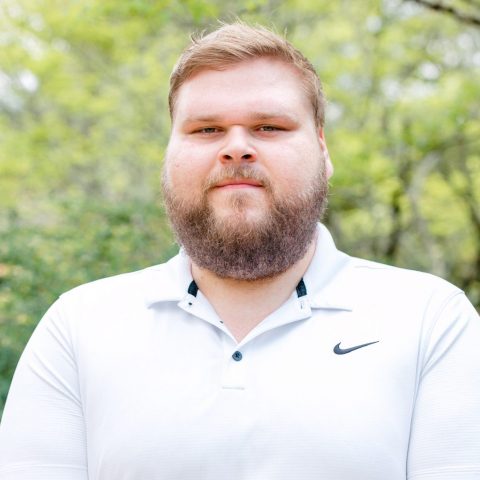

The students spent much of the spring semester working in a darkroom with experimental printmaking processes. One of the aims of the class was to explore the ways in which graphic designers can work with biodesign as a medium for visual communication. They used a bioprinting process called mycography to grow images with baker’s yeast. This process was inspired by the work of artist Johanna Rotko who creates portraits with yeast. They printed 12 x 16-inch poster designs onto transparency sheets and placed them over a silicone mold filled with growing yeast. They then exposed the molds to UV light in a darkroom for 48 to 72 hours. In the transparent areas of the poster, the UV light killed the yeast, but the areas printed with black ink blocked the UV light and allowed the baker’s yeast to grow. “What’s revealed after the yeast is exposed is a high-contrast depiction of the poster design first composed on the computer, and the yeast will continue to grow after being exposed,” Lovell explained. The process yields compelling results that vary with every print because it is a living image that changes over time.
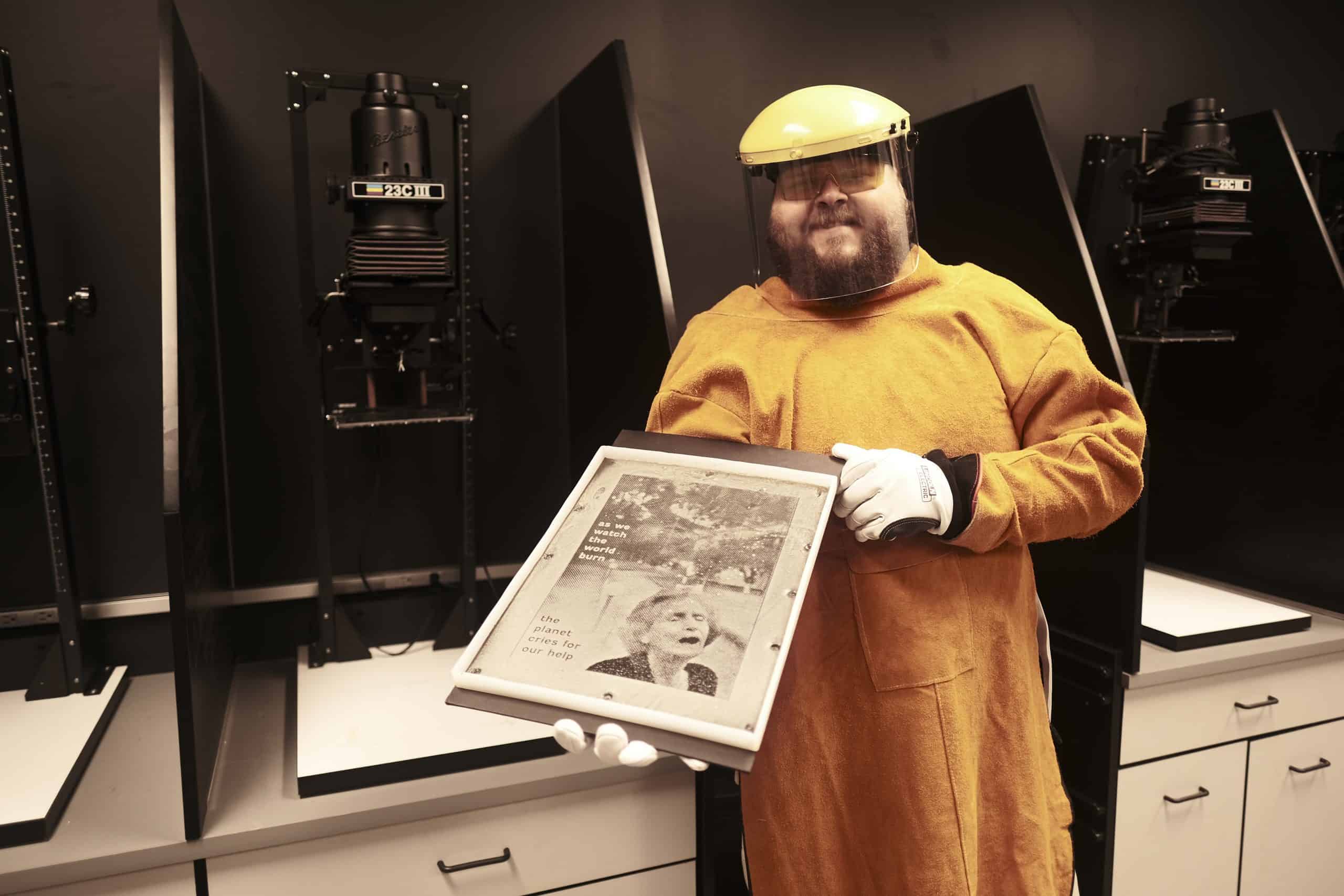
At the Biodesign Challenge Summit, students presented three final prints that told a story about how climate change has affected our landscapes over the past 200 years. The first print focused on the past and depicts a sublime landscape painting by Caspar David Friedrich. The second mycograph focuses on the present and features a reprinted photograph of the 2021 wildfires in Greece, taken by Konstantinos Tsakalidis. The final print focuses on the future. It showcases a landscape that was created with Midjourney, an AI image-generation software, and depicts the future consequences of climate change. The team’s goal was to highlight how humans have impacted the earth since the Industrial Revolution. In many ways, the project is a call to action. It uses graphic design to promote a more sustainable future.
The students were grateful for the guidance of Professor Ward, who holds a Master of Biological Art from the University of Western Australia. Ward helped guide students with the technical process of growing mycographs in the darkroom. “Professor Ward was readily available to troubleshoot, answer questions and provide us with relevant research all while helping us improve the quality of our projects one day at a time,” Lovell stated. “He is a diligent worker, an informed teacher and an incredible leader.” Graphic design students normally present their work as if in a business setting, so Ward also helped the team to prepare for their first presentation in academia.
“I initially thought biodesign was just art made from organic materials,” Smith stated. “I now have the understanding that it is so much more. It’s about the connection we have with nature and the environment and how we can visualize ideas that spark thought and conversation about solving current or potential problems.” One of the most rewarding parts of the Biodesign Challenge was the fact that the team was able to meet other students from around the world and share ideas about design, biology and sustainability.
Related people:
Devon Ward